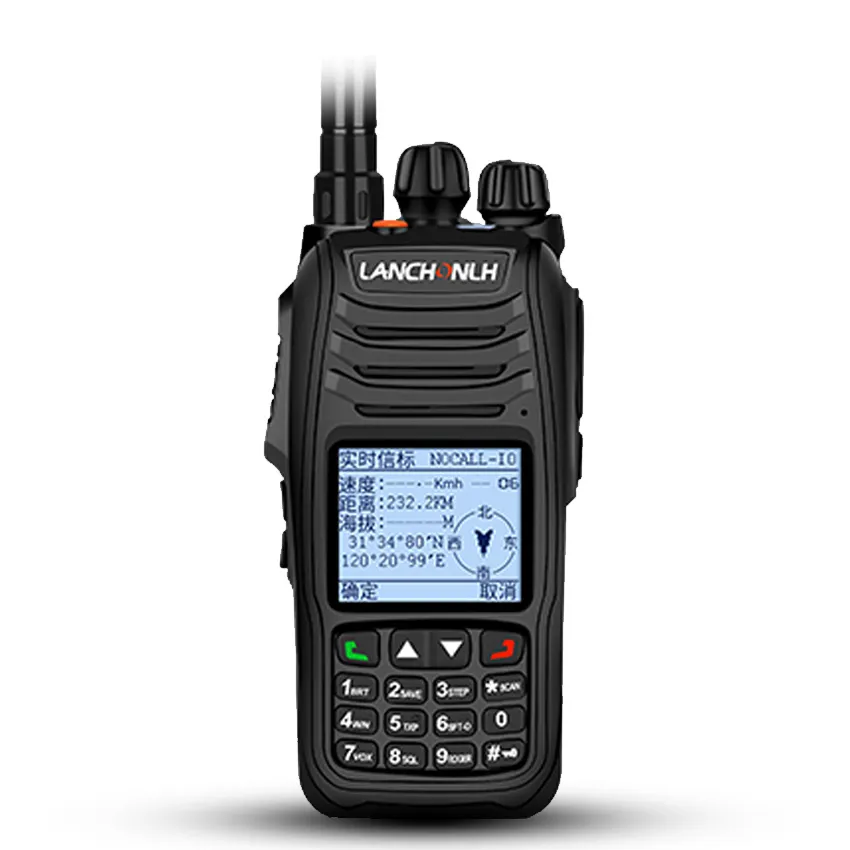Analog Radio Walkie-Talkies: Reliable Communication for Every Occasion
2024-11-29
In a world dominated by digital technology, analog radio walkie-talkies remain a trusted choice for reliable communication. These devices are valued for their simplicity, affordability, and effectiveness in diverse environments. 
What Are Analog Radio Walkie-Talkies?
Analog walkie-talkies transmit voice signals via continuous radio waves. Unlike their digital counterparts, they don’t rely on complex encoding or decoding processes, making them straightforward and easy to use.
Key Features of Analog Walkie-Talkies
1. Ease of Use: Simple controls make these devices user-friendly, even for beginners.
2. Cost-Effective: Analog models are typically more affordable than digital alternatives.
3. Wide Compatibility: Can communicate with other analog radios, regardless of brand.
Advantages of Analog Walkie-Talkies
- Reliable Communication: Deliver clear audio, especially in environments with minimal interference.
- No Learning Curve: Perfect for users who want straightforward communication tools.
- Durable Design: Many models are rugged and designed to withstand harsh conditions.
Popular Applications
- Outdoor Adventures: Ideal for hikers, campers, and hunters needing dependable communication in remote areas.
- Event Management: Ensure smooth coordination during concerts, festivals, or conferences.
- Construction Sites: Facilitate quick communication among workers in noisy environments.
Maintenance Tips
- Keep Batteries Charged: Regularly check battery levels for uninterrupted use.
- Protect Against Moisture: Use waterproof or weather-resistant models for outdoor activities.
- Regular Cleaning: Remove dust and debris from the device to ensure optimal performance.
Conclusion
Analog radio walkie-talkies are a timeless communication tool that continues to offer unmatched reliability and simplicity. Whether for personal or professional use, these devices are an excellent choice for staying connected.


